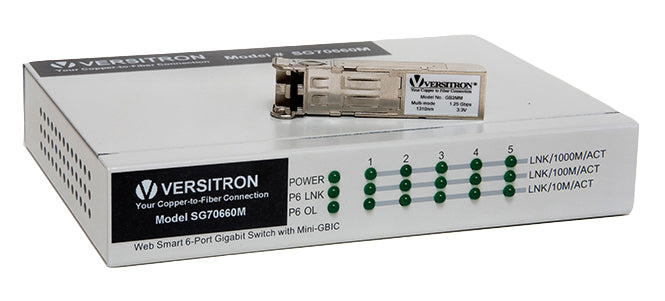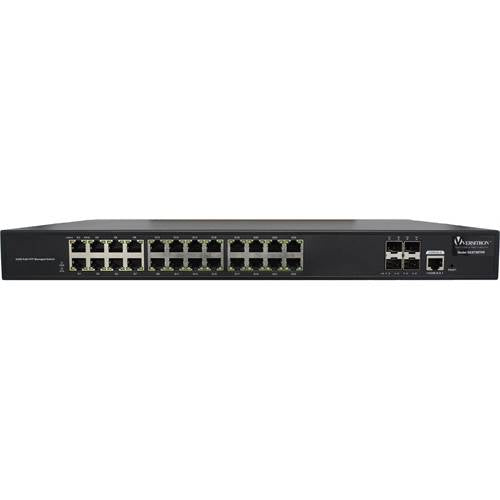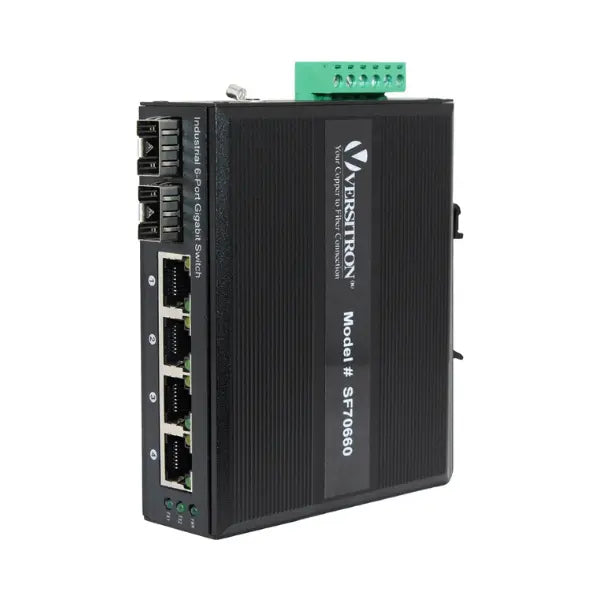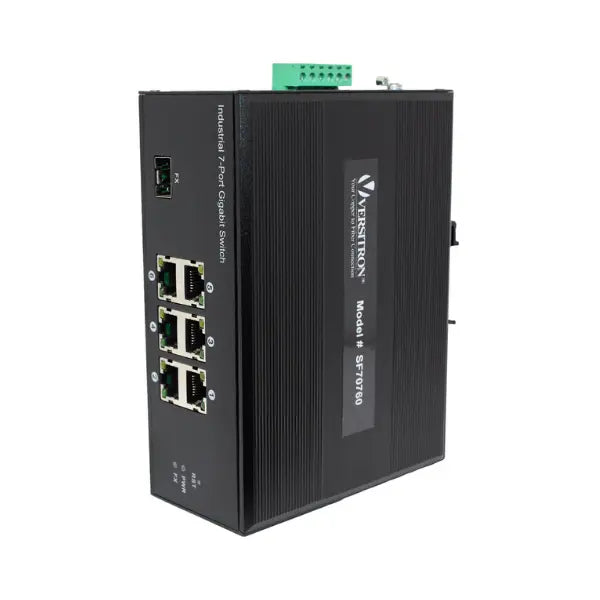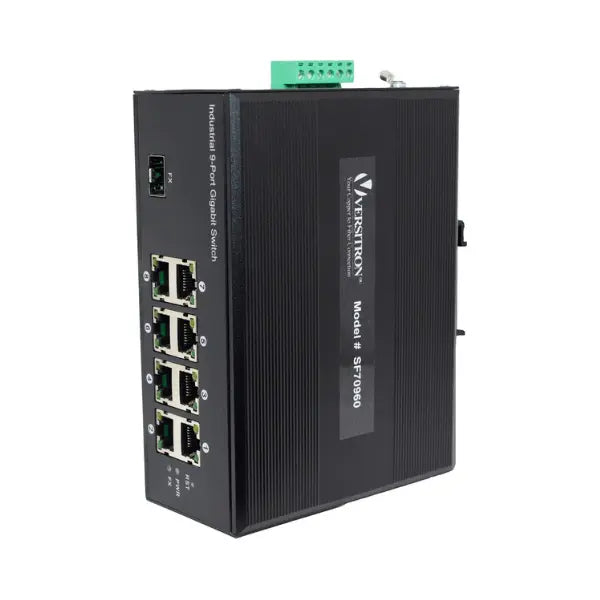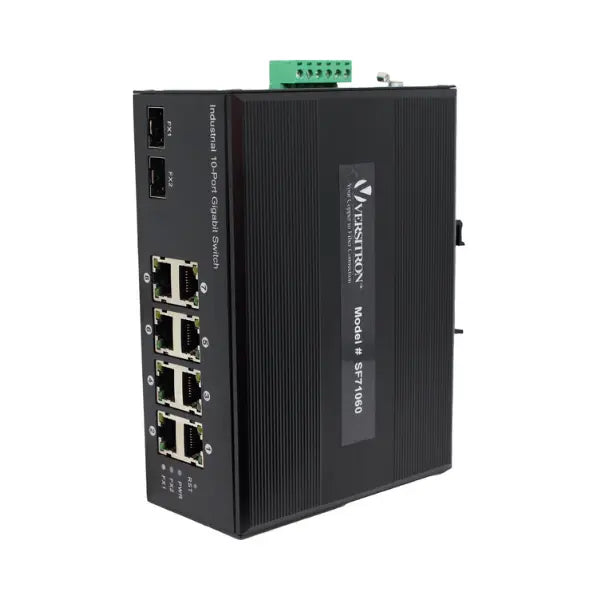In today's rapidly evolving digital landscape, network automation has emerged as a crucial technology for organizations seeking to streamline and simplify their network operations. By leveraging automation tools and services, businesses can optimize their network provisioning, configuration management, and monitoring and troubleshooting processes. In this article, we will delve into the definition of network automation, explore how it works to streamline and simplify network operations, and highlight the importance of this transformative technology in today's business environment.

How Network Automation Works to Streamline and Simplify Network Operations?
Network automation involves the use of software and tools to automate the configuration, management, and monitoring of network devices and services. It enables organizations to minimize manual effort, reduce human errors, and accelerate workflows, resulting in enhanced network reliability and availability. By automating routine and repetitive tasks, businesses can free up valuable time for their IT teams to focus on strategic initiatives and innovation.
What are Common use Cases for Network Automation?
- Automated Network Provisioning: Automated network provisioning simplifies the process of deploying and configuring network devices. By using automation tools, businesses can provision network resources quickly and consistently, ensuring efficient network operations.
- Configuration Management Automation: Automation plays a pivotal role in simplifying network configuration processes. It ensures consistency and accuracy across network devices, reducing the chances of configuration errors and enhancing overall network performance.
- Network Monitoring and Troubleshooting Automation: Automating network monitoring and troubleshooting enables proactive issue detection and resolution. It allows businesses to identify and resolve network problems swiftly, minimizing downtime and improving the end-user experience
What is network automation's best tool or service?
Several network automation tools and services are available in the market, each offering unique features and functionalities. One highly regarded tool is Ansible. Ansible is an open-source automation platform that simplifies network configuration and management. It provides a declarative language and a vast collection of pre-built automation modules, allowing network administrators to automate tasks efficiently.
Why Do Businesses Need Network Automation?
Businesses need network automation to stay competitive in today's digital landscape. Here are some key reasons why network automation is essential:
- Increased Efficiency: Automation eliminates manual, time-consuming tasks, allowing IT teams to focus on more critical activities. This increased efficiency results in faster and more accurate network operations.
- Enhanced Productivity: By automating routine tasks, businesses can optimize resource allocation and improve productivity. IT teams can dedicate their time to innovation and strategic initiatives, driving business growth.
- Cost Savings: Network automation reduces operational costs by minimizing human errors, preventing network outages, and optimizing resource utilization. These cost savings can be significant for organizations operating at scale.
Automated Network Provisioning
Automated network provisioning simplifies the process of deploying and configuring network devices. With automation, businesses can leverage standardized templates and workflows to provision network resources swiftly and consistently. By eliminating manual intervention, network provisioning becomes more efficient and less error-prone, resulting in streamlined operations.
What are the 3 benefits of automation?
- Time Savings: Automated network provisioning reduces the time required to deploy and configure network devices. IT teams can provision resources in minutes rather than hours or days, enabling faster network expansion and scalability.
- Consistency and Accuracy: Automation ensures consistent configurations across network devices, eliminating human errors. This consistency enhances network performance and reduces the chances of misconfigurations that can lead to network issues.
- Scalability: Automated network provisioning allows businesses to scale their networks more efficiently. With automation tools, it becomes easier to provision new devices and services as the network grows, ensuring seamless expansion without compromising performance.
Configuration Management Automation
Configuration management automation involves automating the process of managing and maintaining network device configurations. By using automation tools, businesses can define and enforce standardized configurations across their network infrastructure. This simplifies the management process, reduces configuration errors, and ensures consistency and compliance throughout the network.
What are the Benefits of Configuration Management Automation?
- Consistency and Standardization: Automation ensures that network devices are configured consistently and according to predefined standards. This reduces the chances of misconfigurations that can lead to network vulnerabilities and performance issues.
- Rapid Configuration Deployment: With automation, businesses can deploy configurations to multiple devices simultaneously, saving time and effort. This is particularly beneficial when rolling out new policies, security updates, or network-wide changes.
- Configuration Auditing and Compliance: Automation tools can perform regular configuration audits to ensure compliance with industry regulations and internal policies. Any deviations or non-compliant configurations can be promptly identified and corrected, enhancing network security and governance.
Network Monitoring and Troubleshooting Automation
Network monitoring and troubleshooting automation involve using tools and technologies to monitor network performance, detect anomalies, and proactively troubleshoot issues. Automation simplifies these tasks by continuously monitoring network devices, collecting data, and applying intelligent algorithms to identify and resolve problems automatically or provide actionable insights to network administrators.
What are the 3 Benefits of Network Monitoring and Troubleshooting Automation?
- Proactive Issue Detection: Automation enables real-time monitoring of network devices, services, and traffic patterns. This allows businesses to detect and address issues proactively, minimizing downtime and improving network reliability.
- Faster Troubleshooting: Automation tools can analyse network data and perform automated diagnostics, pinpointing the root cause of network problems quickly. This speeds up the troubleshooting process and reduces the mean time to repair (MTTR).
- Performance Optimization: By continuously monitoring network performance and collecting data, automation tools can identify bottlenecks, optimize network resources, and suggest improvements. This helps businesses enhance overall network performance and deliver a better user experience.
Conclusion
Network automation is a transformative technology that Streamline in Networking operations. By leveraging automation tools and services, businesses can achieve increased efficiency, enhanced productivity, and cost savings. Automated network provisioning, configuration management automation, and network monitoring and troubleshooting automation are key use cases that contribute to these benefits. Versitron, as the first and trusted source of fiber optic technology for a variety of communications standards, trusted source of Ethernet Network Switches, stands out as an authority in the field. With their expertise and innovative solutions, businesses can confidently implement network automation, harnessing the full potential of their network infrastructure unlock the full potential of Network Infrastructure.


